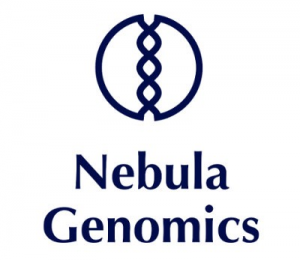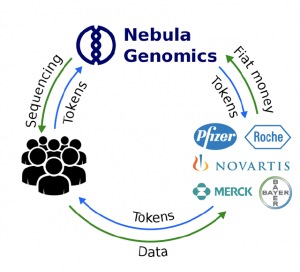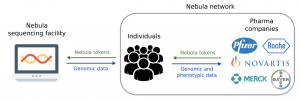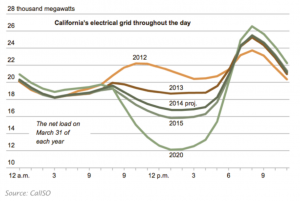cr8: the world’s first autonomous content creation platform for visual images and video
Problem:
World-class Brands work with platforms such as Instagram and YouTube to create, host, and share their respective content. However, it is unclear to those companies how much of their brand content affinity social media metrics (likes, loves, and upvotes) actually point to user affinity for the brand. In addition, it is challenging for these Brands to turn those social media metrics into targeted and actionable marketing strategies. For example, it would be hard for Nike to determine what type of Nike shoes a certain consumer would be most likely to want to buy next simply by the fact that the user liked the Nike page on Facebook.
What is cr8 and How it Helps Consumer-Brand Companies:
cr8 is the world’s first autonomous content creation platform for visual images and video. Our proprietary algorithms allow users to create engaging images and video in real-time. We help capture and monetize the “creative graph” for the most valuable demographics, globally by giving Brands a novel way to access and engage consumers on these platforms. We do so by reversing the content affinity process by becoming user generated content creation and distribution platform. Fundamentally, we believe that user generated content (leveraging brand assets such as a Nike shoe) is the most valuable measure of consumer affinity. We give brands access to new data streams, for example, how consumers are leveraging their brand assets to create content for the internet or communicate with friends. This level of visibility and understanding of consumer preferences will help us establish true brand affinity.
Additional example: Using the same Nike example as above, if a user creates content using specific Nike clothes and accessories, the company Nike will be able to more effectively market specific products to that user based on current and previous content generated by that person.
How We Do It
By using machine learning, we are able to train algorithms on millions of visual datasets within specific brand verticals. Users have access to our proprietary trained algorithms and can apply it to their targeted image or video to generate new content. This new content is a merge version of the two images or videos to create the autonomous user-generated content.
Users then have the opportunity to share their content across multiple platforms (i.e. Facebook, Instagram, Pinterest, Snap Chat, or text messages). cr8 then captures the creative data graph of the user base and leverages this data to better understand the “true” brand interests of the most valuable demographics, globally and at scale.
Competitive Landscape & How We Are Different
Content creation and sharing platforms are a massive market, worth billions of dollars (i.e. Facebook, YouTube, Giphy, etc.).
Our competitive advantage stems from our proprietary technology that creates a sticky user generated content that increases barriers to entry. Our first-mover advantage and open platform model, position us to generate high-value to Brands who spend significant billions on advertising, sometimes without understanding the efficiency of their marketing spend. Reinvented content drives key insights into consumers’ true brand affinity increasing value to brands in ways no other company can do. We provide this valuable insight to Brands which, in turn, encourages Brands to deepen their relationship with us, resulting in more content and stronger deeper learning algorithms.
Business Model
We generate profits through three revenue streams:
- Content licensing fees for user generated content leveraged by 3rd parties
- Subscription fee charged to brands for access to cr8 data analytics platform
- 20% fee charged to content creators that generate ad dollars from content created on platform
Our Ask
Our team is asking for $175K pre-seed investment. The money will be used for:
- MVP development, which requires one machine learning contractor
- Design needs, Front-end UX/UI design contractor
- Initial growth marketing budget










